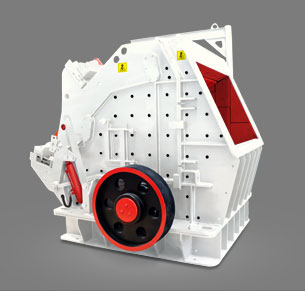Hammer mills are widely used in gold mining operations for crushing and grinding ore to liberate gold particles from the surrounding rock. Here’s how they are typically used:
How Hammer Mills Work in Gold Mining
1. Crushing Ore – Hammer mills break down gold-bearing rock into smaller pieces (usually 1-4 mm or finer).
2. Grinding Material – The hammers repeatedly strike the ore until it is pulverized into a fine powder.
3. Liberating Gold – The finer the material, the easier it is to extract gold through processes like gravity separation, cyanidation, or mercury amalgamation..jpg)
Types of Hammer Mills Used
- Standard Hammer Mills: Common for small-scale miners; run by diesel or electric motors.
- Industrial Hammer Mills: Larger units used in commercial mining operations.
- Portable Hammer Mills: Used in remote locations where mobility is key.
- Simple and cost-effective.
- Can process both hard and soft ores.
- Low maintenance compared to ball mills.
- High wear on hammers/screens (requires frequent replacement).
- Less efficient than ball mills for very fine grinding.
- Can generate excessive dust if not properly controlled.
- Use hardened steel hammers/lining for durability.
- Control feed size (ideally <2 inches) to prevent jamming.
- Pair with a classifier or screen to ensure proper particle size.

Advantages
Disadvantages
Best Practices
Would you like recommendations on specific hammer mill models or setups for your mining operation?





Leave a Reply